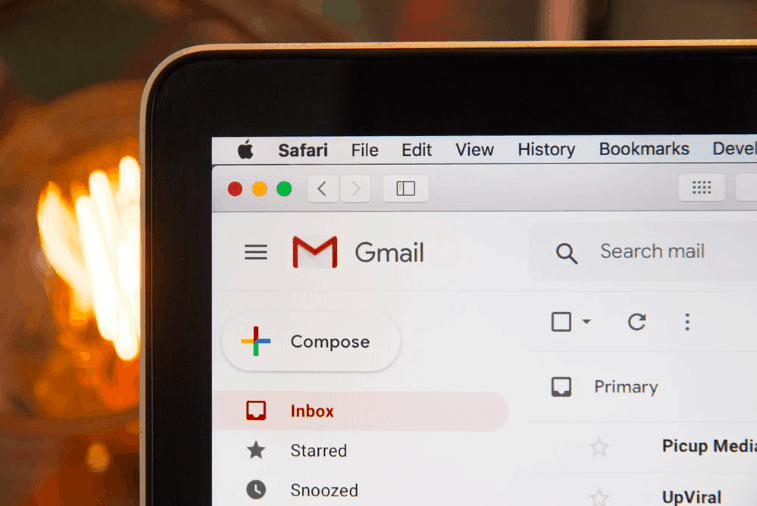As a business owner, the thought of generating new leads or converting potential prospects into valuable customers can keep you up at night. You’re doing everything right, you’ve got a polished website, an active blog, an engaged following on social media, but sales numbers are still not increasing. There’s a missing link somewhere, but you’re not quite sure where.
Hint: Email Marketing is not dead!
You may think that people do not read marketing emails anymore. After all, we’re inundated with emails daily and how many do you read? You don’t want to scare off potential customers by annoying them with emails and ending up in their junk folder. However, you may be pleasantly surprised to discover that email marketing is still one of the best marketing channels for return on investment, with a median of 122% ROI, according to an eMarketer study. Which is four times higher than any other digital marketing channel.
How to setup an email marketing strategy
If you haven’t been utilizing an email marketing strategy to date, then setting up a system can seem like a daunting task. Yet, it needn’t be. The first step is to create a mailing list. If you want to reach your customers by email, you’re going to need to have a way to capture their email address. There are several ways you can do this and there is no right or wrong, as such. However, you need to test which method works best for your website and customers. This could be in the form of a subscription box in the footer of your website, embedded boxes in your blog posts, a pop up for users who are new visitors to the site, or how about one for users about the leave? The possibilities are endless, and it really is up to you to decide what is most appropriate and discover which yields the best results.
Email marketing done right is what will turn ‘interested’ into ‘customer’ if you optimize your CTA’s and make the conversion funnel a delightful process for your mailing list. Most people sign up to a list because they genuinely want to stay informed about your business or the information you provide, so if you continue to deliver the same quality they have already found on your website, the chances of them engaging with your email is high.
There are dozens, if not hundreds, of email service providers out there and loads of resources online to help you decide which one is right for you. Mailchimp is a popular tool for businesses just starting out with email marketing due to the ease of use and very fair free plan, but there are many great competitors and it’s worth doing some research to discover which one will provide you with your required features.
Nurturing your Mailing List into Valuable Customers
One of the hardest parts of email marketing is keeping everything organized. You have your mailing list; you have great content to send and you are starting to see engagement and even an increase in conversions. But what about when your list gets too big to handle? What if your leads are moving at different speeds down the conversion funnel as you nurture them into loyal customers? How do you keep track of it all?
A robust CRM tool, like our Pulse Mortgage CRM software, will help you to keep track of all of your leads. You can quickly locate contact details and status updates, while also being able to assign and update tasks for each prospect, all at the click of a button – no cluttered spreadsheets!
Building relationship plays a big part in your email marketing strategy. People generally don’t buy from strangers and won’t even buy from brands they don’t know, or at least haven’t read reviews for. Emails allow you to warm up your leads and increase sales rates gradually, as opposed to going for the hard sell with cold leads.
Nurturing leads takes time, yes, but building customers in this way also builds brand trust and loyalty, meaning you are creating long term, valuable customers instead of just a quick buy, never to be seen again customer.
What are your go to email marketing best practices? Let us know in the comments!


Recent Comments